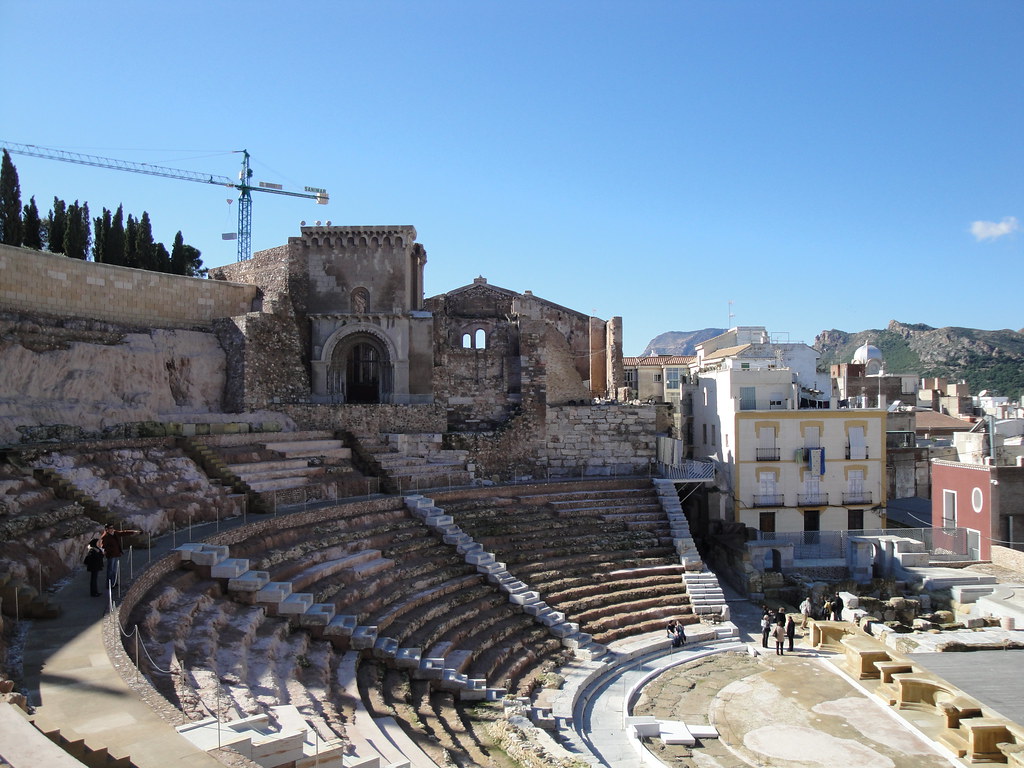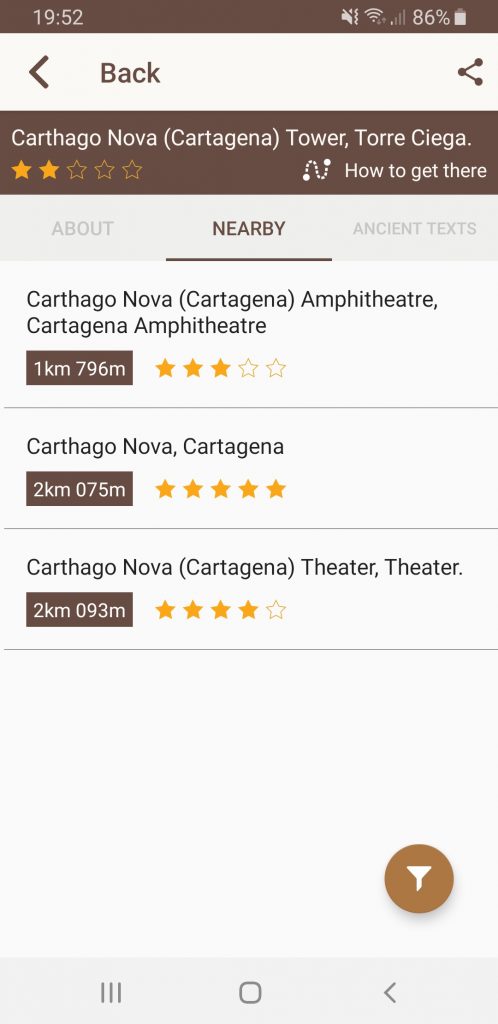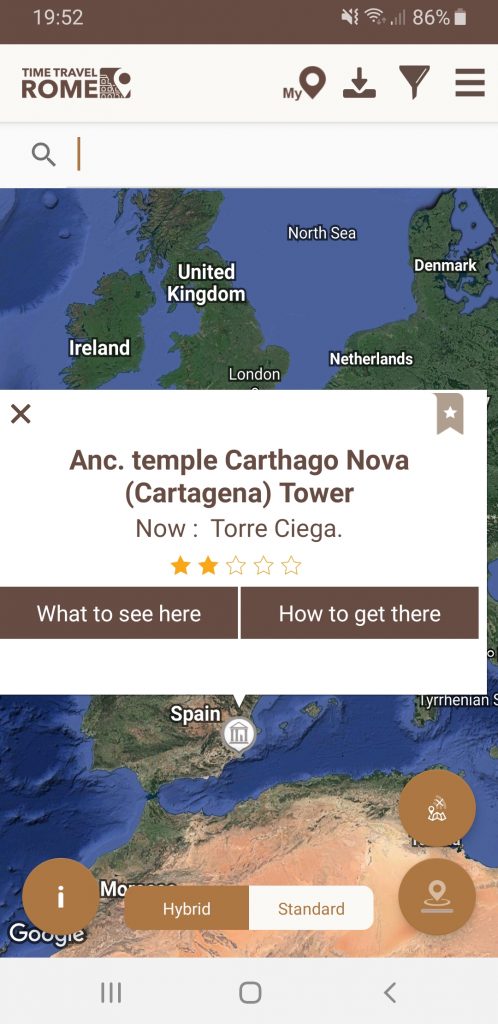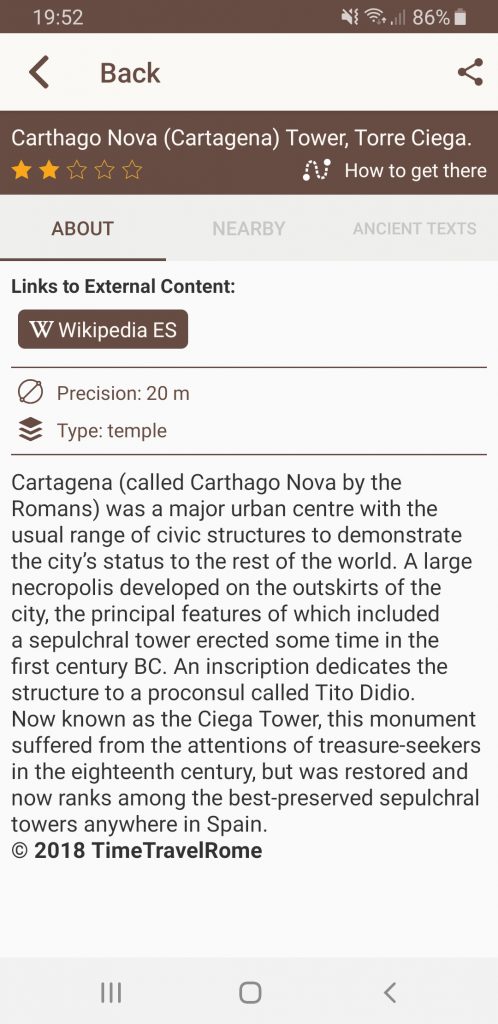“But though I am almost heart-broken at the orphanhood and desolation of our house, the good fortune and courage of our race forbid me to despair of the State…In the midst of this utter collapse one thing stood unshaken and unimpaired, the courage of the Roman people; it and it alone raised up and sustained all that lay prostrate in the dust.”
– Scipio Africanus addressing his soldiers
Scipio’s target for the commencement of his campaign in Spain was the city of New Carthage, modern day Cartagena. It is a stunningly ancient settlement. Nearby caves show evidence of habitation by members of the Homo genus as far back as 1,300,000 years ago. The city itself has revealed remains from the Upper Paleolithic Era and onward. When the Carthaginians landed, the city, then known as Mastia, had one of the best harbors in Spain. It sat on the tip of an isthmus, surrounded by water on three sides and protected by the relatively narrow opening of the bay. Hasdrubal renamed it Qart Hadasht, “New City,” and used it as the main base for his Spanish campaign.
It housed the Carthaginian army’s supply line, their stores of weapons and armor, and their war treasury. The city also imprisoned hostages from all of the powerful families in Spain. They were insurance for Carthage to prevent the defection of the tribes. Though strongly fortified and defended, taking the city would massively boost Roman supplies, morale, and allegiances. Carthage’s three generals were frustrated with one another, scattered around Spain, and all at least a ten day’s march away. Scipio led his army out of their winter quarters early. He kept their final destination secret from all but Laelius, his closest lieutenant.
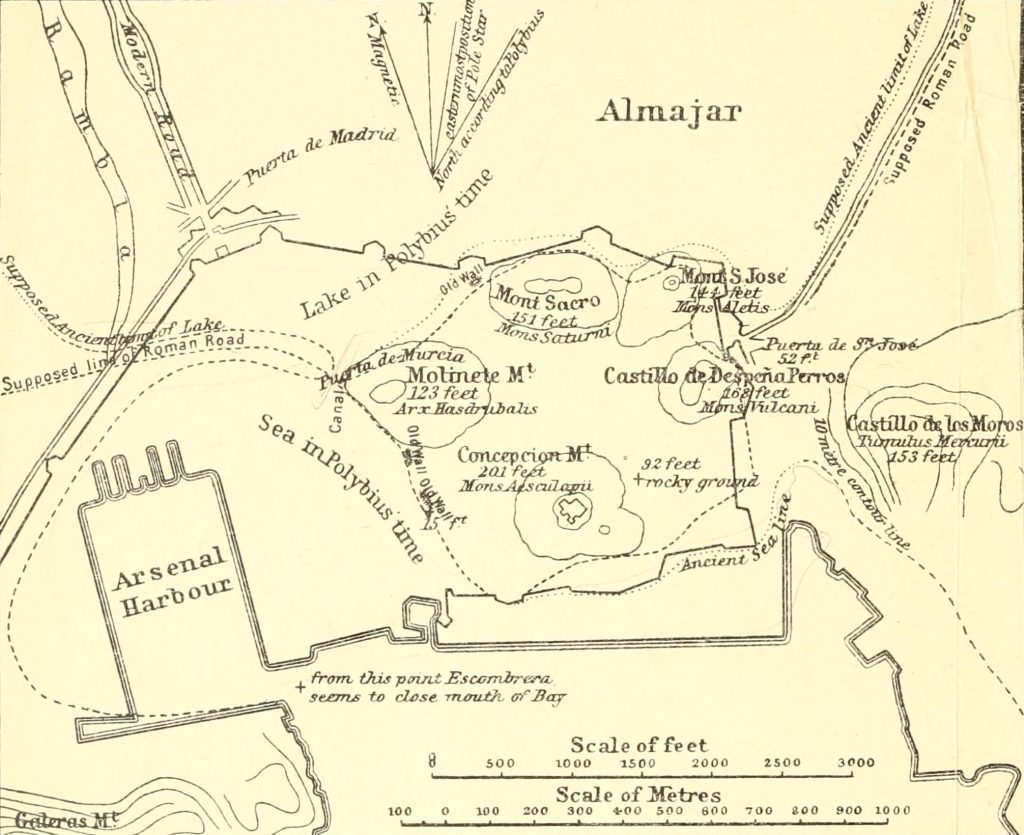
Under Attack
Scipio camped with about 27,000 of his men on the isthmus’s base, cutting off any aid from land. At the same time, his navy moved into position to block the mouth of the bay. Taken by surprise and with the majority of the soldiers away, the city’s defensive attributes quickly became a danger. The Carthaginian general Mago was in charge, and he had only 1,000 trained soldiers and 2.000 armed citizens. Nevertheless, he ordered a counter-attack through the city’s east gate. As he had hoped, the isthmus limited the number of Roman soldiers able to fight at once. For a time, the battle was fierce and evenly matched. Yet the longer the battle raged, the more the Carthaginians struggled. The Romans were able to constantly rotate their soldiers, sending fresh troops forward to relieve their tired comrades.
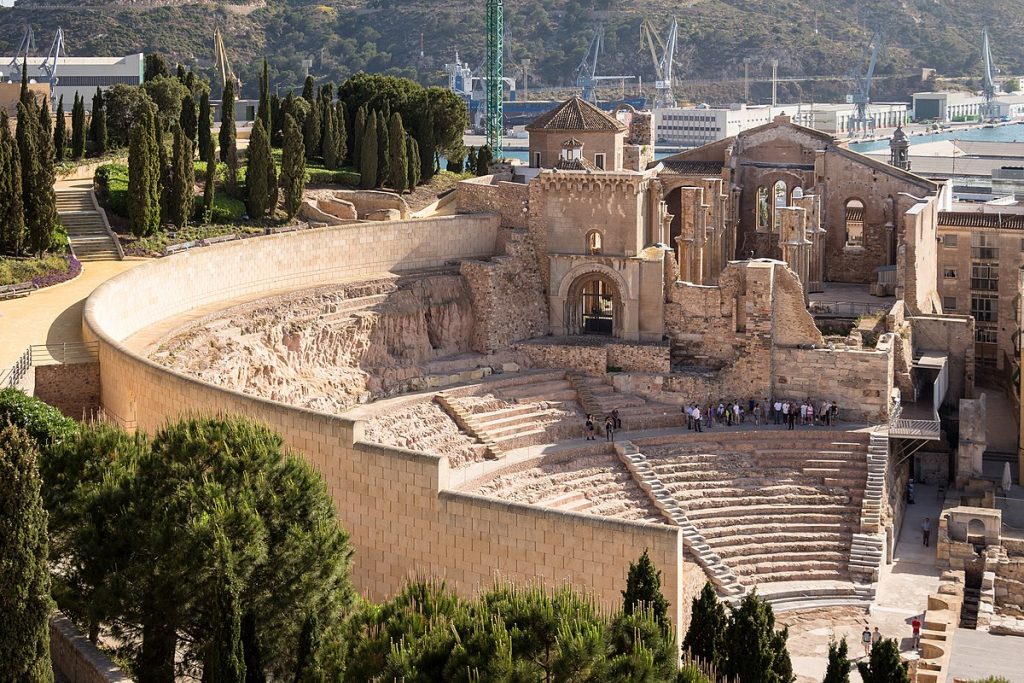
Eventually, the Carthaginian line broke, and they fled back through the gate, hotly pursued. The Roman soldiers likely would have followed them right into the city, but Scipio called them back. He had been watching the full scene of the battle from a small hillock, and feared to endanger his men with such a bottlenecked attack. He also saw that the city walls were poorly manned. Commanding a full scale assault, he rode down among his men to encourage them and give orders as necessary. Inspired to have their general in among them, they attacked fiercely, heedless of the many arrows and missiles being flung down at them. Yet few of the siege ladders were long enough the reach the heights of the city walls. Those that were, were unstable when men reached the top. Many toppled and fell, and soon Scipio again called his men back.
The City Falls
The Carthaginians did not have time to rest, however. The Romans pulled out their tired and wounded soldiers and sent in fresh troops to attack once again. Meanwhile, Scipio was able to implement some useful knowledge he had ascertained about the area. Local fishermen had informed him that the lagoon on the north side of the city could be easily crossed on foot at low tide. Now his informants came to tell him that low tide was upon them. With fresh soldiers on the isthmus, the navy redoubling their efforts to the west and south, and Scipio leading 500 men unexpectedly across the lagoon, the city came under attack from all sides at once. Though those on the isthmus continued to struggle, fortifications were almost non-existent to the north.
The city defenses relied on the lagoon waters for protection, and the citizens were so absorbed with the battle to the east, that they had no idea the Romans were within the walls until they were attacked from behind. The defenders abandoned the walls and fled, some to high ground in the city, others to the citadel. No longer opposed, the Romans broke through on all sides. They took the town violently; killing every man they encountered to instill fear in future enemies. The slaughter continued unabated, until finally Mago surrendered the citadel, and Scipio ordered his soldiers to stand down. Almost all of the 3,000 active defenders died in the battle. The Romans freed some of the citizens returned their goods to them, but enslaved most of the population. Scipio renamed the city Carthago Nova, literally “New New City,” to separate it from Carthage in Africa.

New Friends
As Scipio had promised, Carthago Nova yielded rich plunder, all the Carthaginian supplies plus the city’s own rich resources. Most important strategically to Scipio were the many hostages of local tribes. Rather than taking over control of them and demanding their families switch allegiances, he diplomatically treated them with the greatest respect. He sent messengers to their families, inviting them to come to Carthago Nova to reclaim their relations. When an older woman made a plea to him on behalf of the girls in her charge, he reassured her kindly and ensured their safety. He learned that another beautiful young woman was betrothed to a Celtiberian noble named Aluccius, who loved her dearly and was in agony over her safety. Scipio called the young man to him, and reunited the pair, asking only for friendship.
The girl’s parents had brought a large amount of gold in order to try to pay her ransom. When Scipio returned her freely, they begged him to take it anyway in gratitude. He accepted the gift, and then presented it to Aluccius as a wedding present. Aluccius and his bride returned home, and a few days later he returned at the head of 1,400 of his countrymen, pledging allegiance to Scipio. Scipio’s character and kindness served him well, and he won many friends and allies who respected him. His bold stroke had paid off, Carthage suffered a rough blow, and Roman morale soared. Scipio spent the following months skirmishing with the Carthaginians and their Numidian allies, while even more Spanish tribes flocked to join Rome. Scipio’s policy towards hostages served him particularly well in earning the respect of Masinissa some months later….
What to See Here?
Cartagena has no shortage of Roman remains. Many have become interpolated either within or on the face of its subsequent buildings. However, there are plenty of well-preserved independent sites too: the Augusteum (a college for the imperial cult) sits in the heart of the historical centre alongside the remains of the Roman Forum and the Casa de la Fortuna—arguably the best example of a luxury Roman villa in the world. The main Roman landmark is the amphitheatre: a wonderful architectural feat dating from 5 – 1 BC to which the city’s archaeological museum is attached. Just on the outskirt of the historical centre is the Torre Ciega: a monument dating from the first century BC that formed part of an enormous Roman necropolis.
To find out more: Timetravelrome.
This article was written for Time Travel Rome by Marian Vermeulen.
Sources: Livy, History of Rome; Polybius, The Histories; Diodorus Sicuslus, Library of History; Polyaenus, Strategems; Cassius Dio, Roman History.
Header Photo: Teatro Romano by Linda Castañedais licensed under CC BY-NC-ND 2.0
